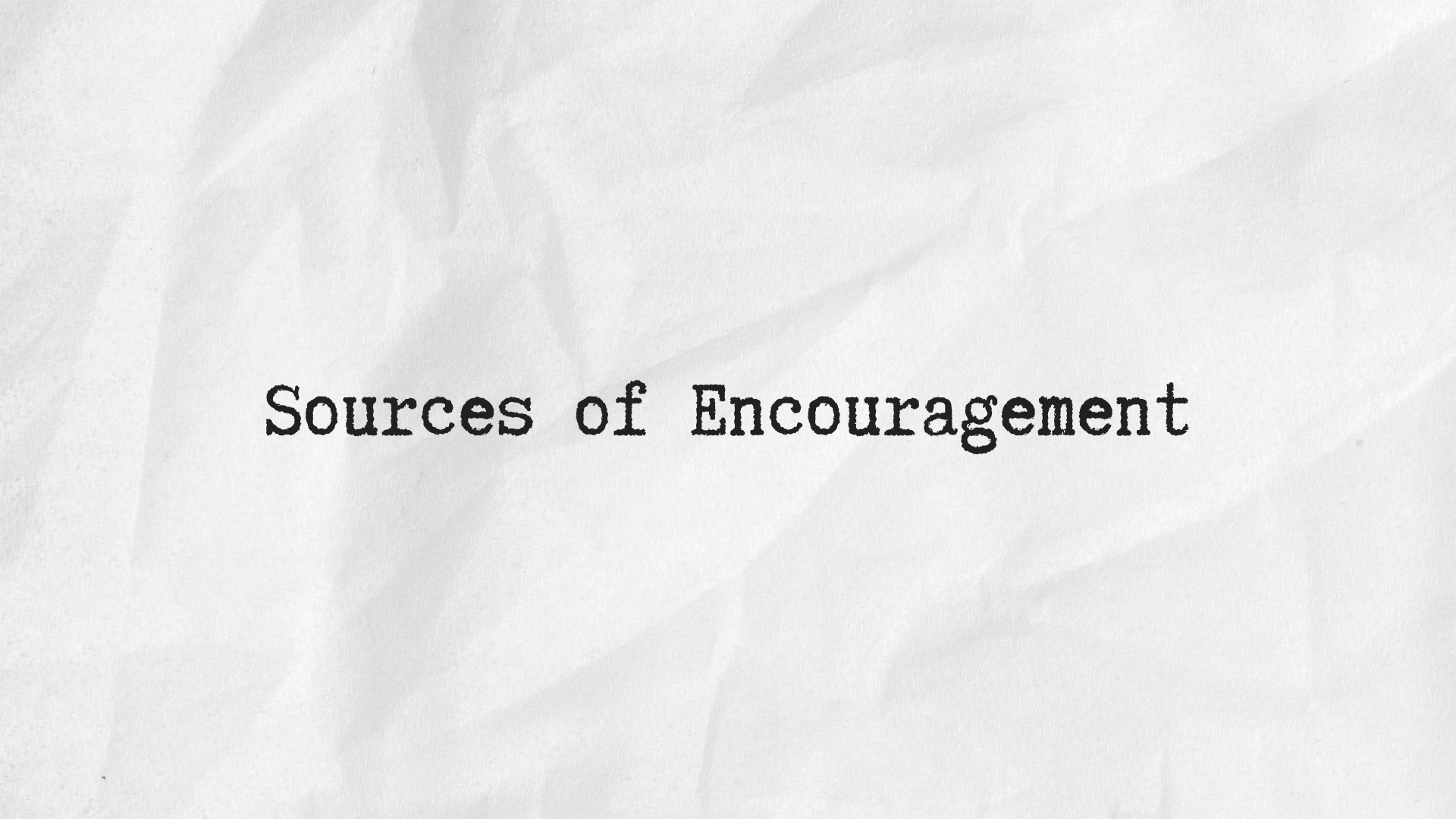It Takes One to Know One
It Takes One to Know One
The other day I came across a stunning image. The image is that of the cross section of a human cell and it’s been heralded as the “most detailed model of a human cell to date.”
The image is stunning. Seriously, take a minute and check it out here.
To be honest, had I not been told what I was looking at, I would have assumed I was seeing some high-tech, computer-generated design imagining a futuristic city. The colors, patterns, and layout of the image are captivating. Unsurprisingly, I was not alone in my awed assessment of the image. Here are some of the other responses to the image when it first hit the internet:
“When biology becomes art.”
“This is just stunning! Would make a phenomenal piece of art for my wall.”
“It is like a city where great architects designed all the infrastructure, buildings, museums, music venues, parks, and housing to coalesce perfectly, with everything arriving just in time at every location.”
These are just a handful of comments, but plenty more followed similar themes about how the image looked like a work of art, a piece of architecture, a skyline, or even an amusement park viewed from the sky. Personally, I found these responses fascinating.
Here we are, glimpsing what is quite possibly the most detailed image of a human cell ever generated and our collective response is one of design, intentionality, purpose, craftsmanship, and art. Here we are, gazing upon what no one else in human history has ever been able to see and our shared response is, “Wow. This looks like something we humans would create. It looks purposed.”
If there is no God and if all that exists is simply the product of random, emotionless, reasonless, non-relational processes, why are we so quick to see just the opposite in the basic make up of a human cell? If there is no design, no meaning, no purpose, no intentionality to the universe, why is our collective response to such an image abounding with the very realities so many deny within ‘creation’?
Is it possible that our collective response speaks to something more?
A professor of mine from seminary did his doctorate work in philosophy, with a special emphasis on the intelligently designed nature of the universe. As he defended his dissertation, some of the pushback leveled against his arguments were the number of studies that suggested the world was not, in fact, purposed, but was instead the product of natural, random forces at work over millennia without any sort of ‘relational’ guidance. His objectors claimed that these carefully crafted experiments proved reality could exist without any sort of influence from some supernatural being.
I’ve always loved his response to their pushback. I can’t provide an exact quote here, but this is how I remember him sharing his defense to our class. In response to their objections, he said, “That’s fascinating! Here you are arguing that there is no intelligent design in the universe and to substantiate your claim, you use intelligently designed studies to demonstrate there is no intelligent design.”
To this day, I still find this argument incredibly compelling.
Maybe the reason we’re so quick to see beauty, purpose, and intentionality within the image of that cell and in so many other areas of the universe is because as intelligently designed creatures ourselves, we recognize design and purpose and craftsmanship when we see it.
Or as the Psalmist put it, “deep calls to deep” (Psalm 42:7).
Growing up, we had a quick comeback to putdowns a friend might level at us. The clever quip?
“It takes one to know one.”
In other words, if someone called us a name, teased us, made fun, or insulted us, we’d level this response right back at them and this little quip essentially dragged them down into their insult with us.
If they called us a loser we’d say, “It takes one to know one!” Essentially the response claimed that they knew we were ‘losers’ because they were losers, too. It didn’t exactly undo what they said about us, but that wasn’t the point – the point was to drag them down into their own insult. If they were putting us down, we were taking them with us.
Was this a mature response…no…not at all, but in our defense, we were like 10, so I think we get a pass for that.
However immature it was, we kept that response constantly in our back pocket so that whenever we were teased, putdown, or made fun of, we could respond in a simple and efficient way that was guaranteed to sting just enough to redirect the conversation or confrontation.
Ignoring the negative, immature nature of the original use of “It takes one to know one,” I couldn’t help but think of it when I saw the picture of this cell and heard those repeated reactions connected to art, architecture, beauty, and design.
Could it be that when we see things like that cell, we are also quick to see design, purpose, and intentionality because we, as God’s image bearing creatures, are seeing our Creator God’s craftsmanship on display?
Is it possible that we see God’s handiwork there because God’s workmanship is stamped all over us?
Could it be that in the best sort of way, we see it, feel it, know it because “It takes one to know one”?
Genesis 1 unashamedly teaches that God created humanity in God’s own image (Genesis 1:26-27). Psalm 139:14 declares, “I praise you for I am fearfully and wondrously made.” Ephesians 2:10 victoriously celebrates that, “we are God’s handiwork, created in Christ Jesus to do good works, which God prepared in advance for us to do.”
You are fearfully and wondrously created in God’s image.
You are God’s handiwork, destined to participate in life with God by grace, through faith for good works.
The deep in us longs for the depths of God’s love because shallow and superficial are not reflective of God’s image bearing stamp pressed upon our hearts.
This doesn’t mean we’re perfect just the way we are - all of us have sinned and fallen short of God’s glory (Romans 3:23). Yet that’s precisely why Christ died and rose again, not so we’d maintain our identity as sinners undeserving of God’s love, but to rediscover through that very love that we were God’s image bearers long before we were sinners and through Christ, we’ll continue to be God’s image bearers long after sin is dead and gone.
So, may you see the evidence of God’s activity all over your life. May what looks ordinary and mundane, be in your heart and eyes incredibly purposeful and filled with beauty. May you see God at work in even the smallest of things because, well, “it takes one to know one.”
Sunday Morning Service Times:
9:00 AM Traditional
10:30 AM Contemporary
About:
Here at Deer Lake, we want to be the church IN the Community, FOR the Community to the glory of God and for the sake of the world.








